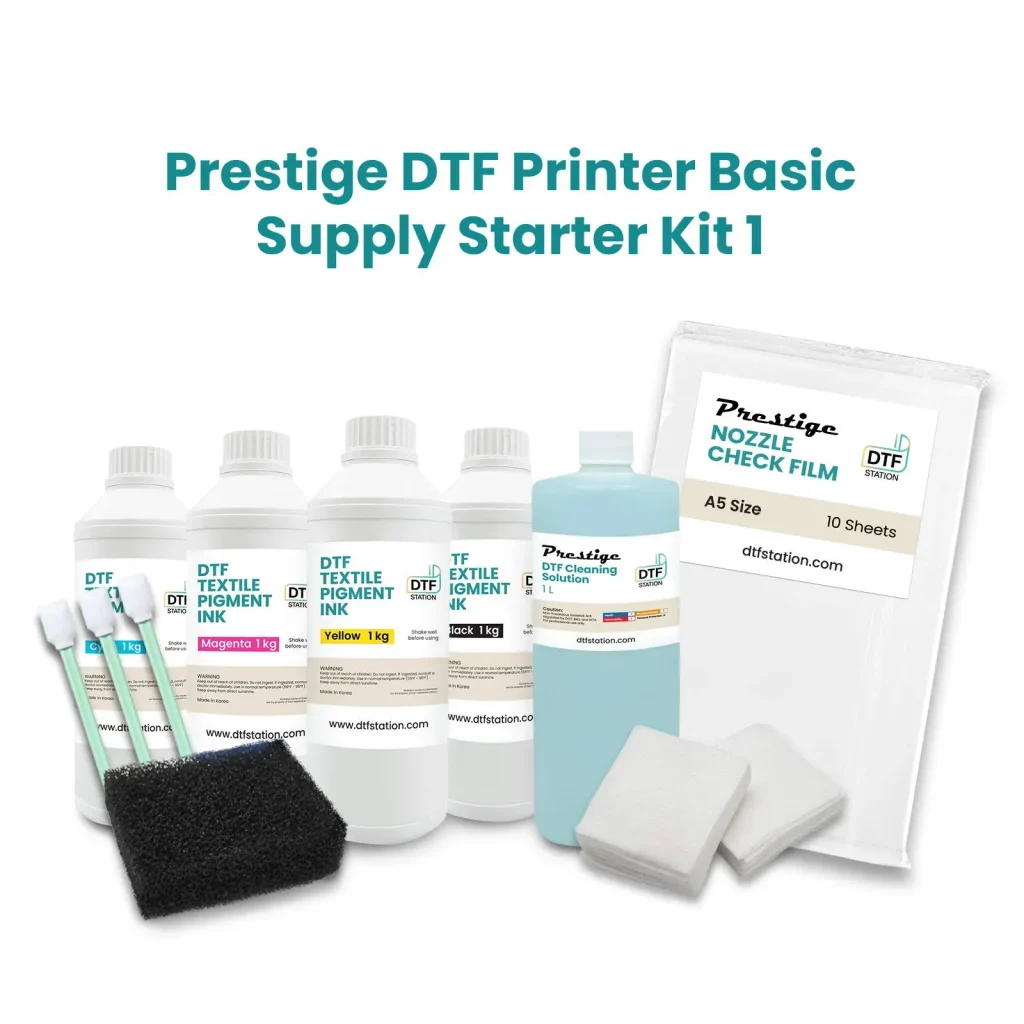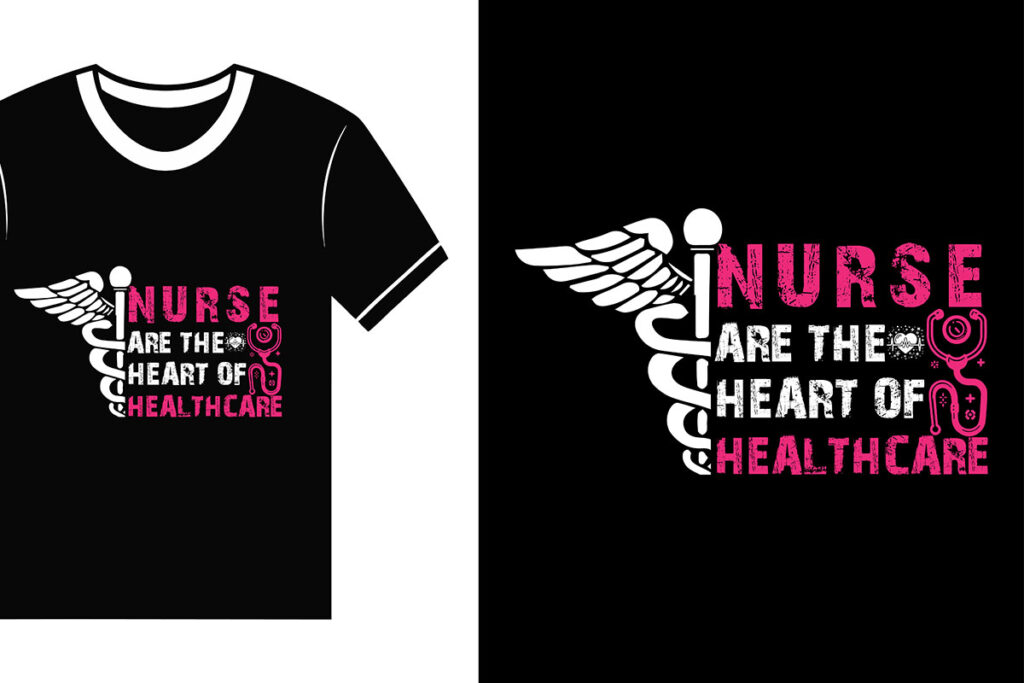DTF Supplies are essential for anyone looking to venture into the world of Direct to Film printing. This innovative technique allows for vivid and detailed prints on a variety of fabrics, making it ideal for custom apparel and merchandise. To successfully embark on your DTF printing journey, it’s crucial to gather the right equipment, which includes quality DTF transfer film, specialized DTF inks, and a reliable heat press for DTF printing. In our comprehensive guide, we’ll walk you through a detailed checklist of must-have DTF supplies and provide insightful tips to ensure your prints stand out. Whether you’re a beginner or looking to refine your skills, having the right DTF supplies sets the foundation for your printing success.
When starting your journey in textile decoration, having the proper Direct to Film materials is key to achieving stunning results. This modern printing method utilizes specialized transfer films, high-quality inks, and essential equipment such as a heat press designed for DTF techniques. With various options available, it’s vital to familiarize yourself with the best practices that can elevate your designs. This guide not only addresses the basic supplies but also acts as a DTF printing tutorial to help newcomers navigate their first steps efficiently. By understanding the terminology and equipment involved, you can unlock the potential of DTF printing and produce eye-catching, vibrant prints tailored to your creative vision.
Understanding DTF Printing Equipment
When delving into DTF printing, the most vital component you need is the DTF printer itself. It is designed specifically to work with both DTF transfer films and DTF inks, ensuring high-quality outputs. Notably, modified Epson printers have gained popularity because of their compatibility with various DTF supplies, making them an ideal starting point for beginners. Investing in quality DTF printing equipment not only streamlines your process but also significantly impacts the vibrancy and durability of your prints.
Furthermore, understanding the distinct features of different DTF printers is essential. Look for printers that offer adjustable settings for ink density and temperature control, as these factors can alter the final output. As you choose your DTF equipment, keep in mind your workflow and the volume of printing you plan to undertake, as these will dictate the type of printer you need.
Choosing the Right DTF Transfer Film
The selection of DTF transfer film is crucial in achieving stunning results in your prints. High-quality transfer films, such as those made from PET material, enhance the adhesion of inks during the transfer process. This characteristic is vital because it allows for brighter, more vibrant designs on various fabric types. When sourcing DTF transfer film, ensure it is compatible with your chosen printer and ink to guarantee quality transfers.
In addition to the quality of the film, thickness and texture also play important roles in the transfer results. Thinner films tend to yield softer prints that feel more like the fabric they are applied to, while thicker films may provide a more durable finish. Experimenting with various films can lead to discovering the one that complements your preferred printing style and garment material effectively.
The Importance of DTF Inks in Printing
Specially formulated DTF inks are essential for achieving vibrant and long-lasting prints. These inks are specifically designed to work harmoniously with DTF transfer films, providing excellent color reproduction and durability. Investing in high-quality DTF inks can make a noticeable difference in the final appearance of your prints, allowing for deeper colors and a professional finish on fabrics.
Moreover, selecting the right DTF inks compatible with your printer model is crucial. Each ink brand has unique formulas that may provide different results, making it beneficial to try a few options before settling on a favorite. In addition, keep in mind the importance of proper storage to maintain ink quality – protect them from extreme temperatures and exposure to light for the best results.
Setting Up Heat Press for DTF Printing
A heat press is an indispensable tool in the DTF printing process. It ensures that the printed designs are transferred onto the fabric under the appropriate temperature and pressure conditions. Investing in a quality heat press will greatly enhance the effectiveness of your printing, as adjustable settings are crucial for working with various fabric types and transfer films.
While shopping for a heat press, focus on features such as digital controls for precision and a clamshell design for ease of use. Additionally, ensure that your heat press can achieve the necessary temperatures required for your specific DTF inks and adhesives. This investment will pay off, as it directly influences the adhesion quality and longevity of your prints.
Utilizing Adhesive Powder Effectively
Adhesive powder is a crucial element in the DTF printing process as it helps bind the printed inks to the fabric. Utilizing the right type and quality of adhesive can greatly enhance the durability and washability of prints. After printing your design on DTF transfer film, applying the adhesive powder evenly and ensuring it fully covers the ink area is paramount for a successful transfer.
Moreover, it’s important to follow the manufacturer’s guidelines regarding the amount of adhesive powder to use. Excess powder can lead to clumping of designs, while too little may result in poor adhesion. Experimenting with different application methods can help you master adhesive usage, resulting in prints that can withstand repeated washes.
Protective Gear for Safe DTF Printing
Safety should always remain a priority when working with DTF printing supplies, as handling chemicals and powders can pose health risks. Wearing gloves and masks while dealing with DTF adhesive powders and inks is essential to protect your skin and respiratory system. This protective gear ensures that you can focus on your printing tasks without risking exposure to potentially harmful materials.
In addition to gloves and masks, consider using eye protection, particularly when working around cutting tools or while cleaning printing equipment. Developing safe habits early on will foster a secure working environment, allowing you to enjoy the DTF printing process with peace of mind.
Frequently Asked Questions
What is the essential DTF supplies checklist for beginners?
For beginners looking to start DTF printing, the essential DTF supplies checklist includes a DTF printer, DTF transfer film, DTF inks, adhesive powder, a heat press for DTF printing, and a pretreatment solution. Additional supplies like protective gear, scissors, and heat resistance tape are also important for achieving optimal results.
How do I choose the right DTF printing equipment?
Choosing the right DTF printing equipment involves selecting a reliable DTF printer compatible with DTF inks and films. Popular options include modified Epson printers. Ensure that the equipment can handle your printing needs and provides high-quality outputs for textiles.
What type of DTF transfer film should I use?
The best DTF transfer film is a high-quality PET film that ensures vibrant colors and proper adhesion to various fabrics. Always check for compatibility with your printer and inks to achieve the best results during the transfer process.
What are DTF inks, and why are they important?
DTF inks are specially formulated, pigment-based inks designed for DTF printing. They are essential because they ensure vibrant and durable prints on textiles. It is crucial to select DTF inks that are compatible with your specific printer to achieve the best results.
How does a heat press for DTF printing work?
A heat press for DTF printing applies heat and pressure to transfer your design from the DTF transfer film to the garment. The adjustable temperature and pressure settings allow for compatibility with various fabric types, ensuring effective adhesion of the design.
Where can I find a DTF printing tutorial for beginners?
You can find DTF printing tutorials for beginners online, including video guides and written instructions. Many websites and YouTube channels offer step-by-step tutorials that cover everything from selecting DTF supplies to the printing process and tips for successful prints.
| Essential Item | Description | Importance |
|---|---|---|
| DTF Printer | A reliable printer designed for DTF processes, such as modified Epson printers. | Crucial for producing high-quality prints. |
| DTF Transfer Film | High-quality PET film that ensures vibrant colors and good adhesion. | Essential for transferring designs onto fabrics. |
| DTF Inks | Special pigment-based inks specifically for the DTF printing process. | Determines the vibrancy and durability of prints. |
| Adhesive Powder | Hot melt powder that bonds print ink to the fabric after printing. | Significantly impacts print durability. |
| Heat Press | Applies heat and pressure to transfer designs from film to fabric. | Non-negotiable for effective adhesion of designs. |
| Pretreatment Solution | Enhances ink adherence to certain fabrics for more vibrant colors. | Improves print quality on challenging fabrics. |
| Protective Gear | Includes gloves and masks to protect against harmful substances. | Essential for maintaining safety during printing. |
| Scissors or Cutter | Tools for trimming printed film to design specifications. | Ensures precision and minimizes waste. |
| Heat Resistance Tape | Tape that holds transfer film in place during heat application. | Critical for accurate design placement. |
Summary
DTF Supplies play a vital role in launching a successful textile printing business or hobby. To begin your journey with Direct to Film printing, it is essential to gather the right equipment such as a DTF printer, transfer films, inks, and heat press, among others. Each item on the DTF supplies checklist has a specific function that contributes to the quality and vibrancy of your prints. Investing in high-quality materials and tools ensures that you produce durable, professional-grade prints. Remember to also prioritize safety by using protective gear while handling chemicals and powders. As you embark on your printing adventure, take time to educate yourself through tutorials and guidance from experienced printers to maximize your success.



